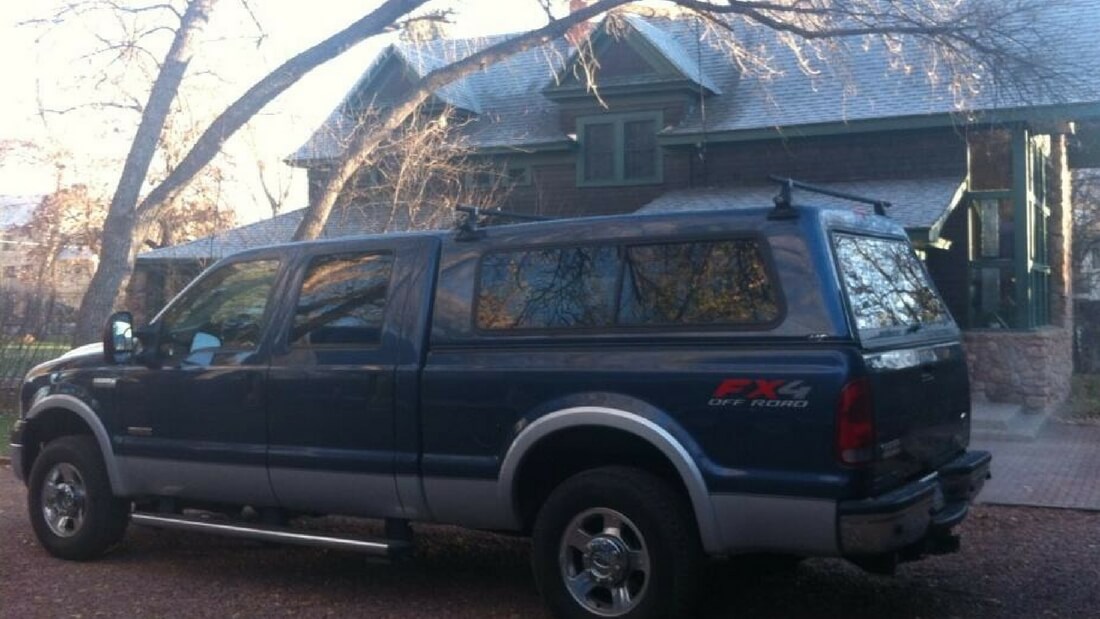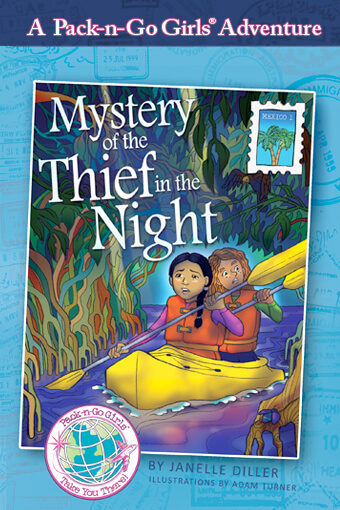
18 Jun Why We Still Drive to Mexico
Every fall since 2006, we’ve loaded up our truck till the springs squeak and driven the 2,000 miles from Colorado Springs to our sailboat in Puerto Vallarta, Mexico. We have it down to a solid timetable: 13 hours in the US and 18 hours in Mexico. In April, our truck now light enough that the springs are mostly quiet, we reverse our tracks and head back to Colorado.
Our friends and family fret. Is it safe? What about the drug cartels? The corrupt police? Aren’t we worried about getting shot at the border?
Fortunately, no one ever shoots us at the border. They just stamp our passports and welcome us to the country. We’ve also never encountered the drug cartel, perhaps because we never buy, sell, or use illegal drugs by the ounce, let alone by the ton. In roughly 25 round trips in as many years to various points in Mexico, we’ve only had to deal with one corrupt cop. As annoying as that encounter was, there’s a certain convenience to being able to pay off the policeman on the spot—we had no court date to deal with or points on our insurance, and the fine was negotiable. Ten minutes later, we were all on our way, our wallet only slightly lighter.
the ton. In roughly 25 round trips in as many years to various points in Mexico, we’ve only had to deal with one corrupt cop. As annoying as that encounter was, there’s a certain convenience to being able to pay off the policeman on the spot—we had no court date to deal with or points on our insurance, and the fine was negotiable. Ten minutes later, we were all on our way, our wallet only slightly lighter.
That’s not to say the country is entirely safe. But in contrast to the US where the violence is random and no place—schools, movie theaters, or shopping malls—is off limits, the danger in Mexico is predictable. It’s about drugs and domestic violence. Very, very rarely are strangers, especially ex-pats, the target.
Here’s what we have experienced instead. Driving gives as a slow immersion into the country. We see miles and miles of saguaro cacti; the rich agriculture around Obregón with its lush fields of corn and beans and tomatoes; morning fog as we roll past Topolobampo, which is the start of the stunning train trip up to the Copper Canyon; the dusty, rutted roads that snake towards the countless ejidos; the sugarcane trucks loaded a couple fathoms high and weaving along the curvy, shoulderless roads.

We stop for crusty roasted chicken at a roadside stand and chat with the owner, who is also the cook and probably the husband or son of the woman patting out and grilling the tortillas we eat with our chicken.
Over the decades we’ve watched the country become more prosperous. The locals used to walk or ride horse on rutted dirt paths along the highway to work. Now they bike, although there are fewer of them since many can now afford motorcycles or cars. The old and then newer buses replaced the system of farm trucks with rows of swaying passengers keeping their balance on the 2” x 12” wooden slats that served as seats.
The road trip puts us in a very different mindset than the one we get by dropping into Puerto Vallarta by plane and whisking off to one of the many resorts that could just as easily be in Miami or Maui.
Most people who only have a vacation week to spend where it’s warm would never “waste” it on a road trip when they could be sitting on a beach drinking something fruity designed to put them in a mellow state.
I totally understand that, as long as they realize, too, they’ve missed the best part of Mexico.~Janelle
The first Pack-n-Go Girls Mexico adventure, Mystery of the Thief in the Night, is available on Amazon.com.

